Estimated reading time: 8 minutes
Mushrooms are a delicious and economical source of nutrition for the human body. They are rich in many essential nutrients and contain bioactive compounds that are beneficial to the human body. Finding the right variety for your needs is important, but most medicinal mushrooms can be used as part of a healthy daily diet to support the immune system and other essential functions in the body.
Medicinal mushrooms are praised for their polysaccharide content, a compound known to modulate the immune system and reduce the risk of cancer and other diseases. They are found all over the world and have been a staple of traditional Eastern medicine for thousands of years.
Research into the effects of medicinal mushrooms on cancer and other diseases is limited but quickly growing, with many Western studies corroborating the effects described in Eastern medicine. Today, we are exploring a few of the most popular medicinal mushrooms and common consumption methods.
Want to save this post for later? Click Here to Pin It On Pinterest!
1. Reishi
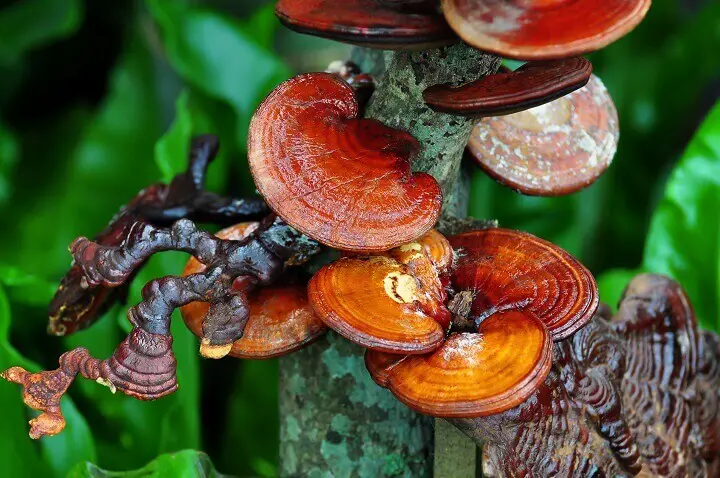
Ganoderma lucidum, also known as reishi or lingzhi, is a glossy, fan-shaped mushroom that grows on the stumps of deciduous trees. They are typically dark red-brown in color and can grow quite large. The reishi mushroom has a history of use in traditional Chinese medicine and is widely celebrated for its medicinal benefits in other cultures.
It aids in modulating the immune system and controlling blood glucose levels, in addition to having strong antiviral, antioxidant, antibacterial and anti-inflammatory qualities. Because of its immense pharmaceutical value, it is also a popular supplement taken by cancer patients in conjunction with traditional therapies.
The reishi mushroom is rare to find in the wild but can be effectively cultivated on hardwood substrates. Considering its scarcity in nature and that it takes several months to produce G. Lucidum fruiting bodies, it is more common to encounter mycelia or culture broth-based products for sale. It is typical to find these products in the form of powders, supplements, and tea.
2. Chaga
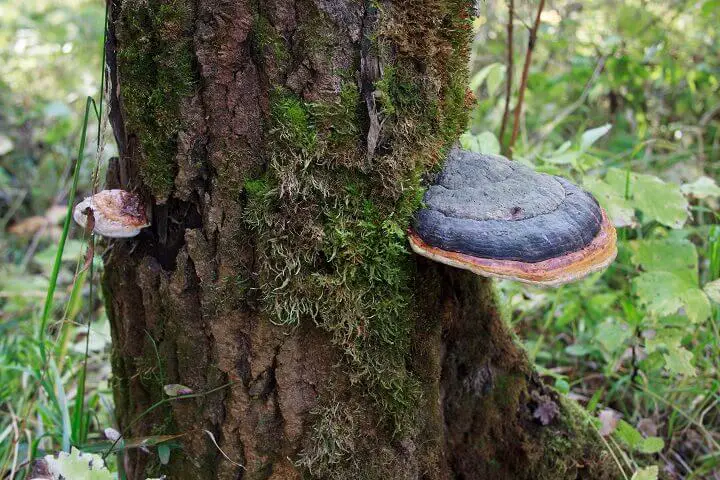
Chaga (Inonotus obliquus) is a parasitic fungus that primarily grows on the trunks of birch trees. It is typically found in the wild as an irregular mass of mycelium that is very high in melanin, resembling a growth of burnt charcoal on its host. Fruiting bodies of I. Obliquus are extremely rare due to its strange and mostly unknown reproduction process.
Want to start a homestead but not sure how?
Click Here to get a FREE book, "How To Homestead No Matter Where You Live."
Having a long history in folk medicine around the world, the chaga mushroom is known for its use as a cancer treatment and its ability to fight inflammation, lower blood sugar, and reduce blood pressure. It is high in many essential nutrients, such as vitamin D, potassium, magnesium, iron, manganese, and calcium. The immense amount of melanin also makes the chaga mushroom a powerful antioxidant.
Consuming chaga has its challenges, as dried portions of the fungus are not easy for our intestines to digest. Powders, teas, and extracts are therefore much more common in order to streamline the absorption of nutrients.
3. Lion's Mane
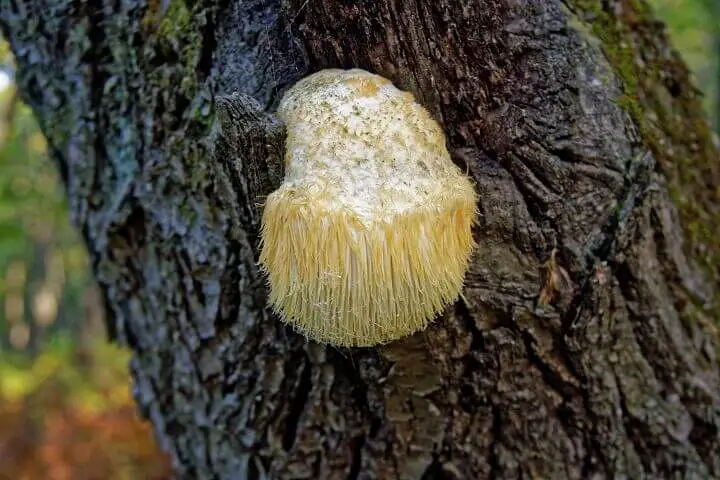
Hericium erinaceus, commonly known as Lion's Mane, is a mushroom native to North America, Europe and Asia that grows on various hardwoods. Though mostly found on dead trees, it can sometimes be parasitic to living trees as well. The name “Lion's Mane” comes from its appearance in nature, as it grows in large, hanging bunches of thin, cream-colored spines.
While it is mostly used in gourmet cooking for its delicious taste, the Lion's Mane mushroom provides a number of nutritional benefits and is well-known for contributing to brain and nerve health. Numerous studies have shown that daily intake of this mushroom can improve cognitive function and help prevent the onset of aging-related diseases, such as Parkinson's and Alzheimer's.
Because of its vast distribution in the wild and the ease of cultivation, the fruiting body of Lion's Mane is commonly enjoyed as part of a meal. Its nutrients can also be taken in the form of powders, supplements, and teas, which are made from various forms of the fungus.
4. Turkey Tail
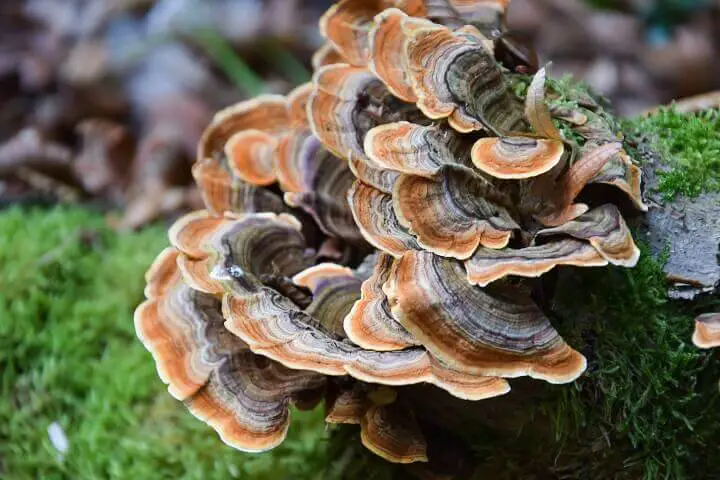
Trametes versicolor is a common mushroom found growing on the stumps of deciduous trees throughout the world. It is very common in North America and often referred to as “turkey tail” due to its multicolor, fan-like appearance. It is known as Yunzhi in traditional Chinese medicine, where it has been used to treat lung diseases for many years. T. versicolor is an excellent source of Polysaccharide K, an active compound that is known to treat the growth and effects of cancer.
The turkey tail mushroom is considered inedible, so it is typically ingested through teas and powders. Whole pieces of the mushroom can be simmered in water, then strained, making a potent nutritional tea. Powders are derived from the fruiting body or mycelium and may be added to drinks and meals, or simply taken in capsule form.
5. Shiitake

Lentinus edodes is an edible mushroom species known commonly as shiitake. It is native to East Asia and grows on dying deciduous trees in warm, moist climates. The fruiting body forms a light brown umbrella-shaped cap atop a short, white stalk. Like other mushrooms, the shiitake is high in polysaccharides which help protect against cell damage and boost the immune system. Shiitake mushrooms also contain the compound eritadenine, which is known to reduce cholesterol levels.
The shiitake mushroom is commonly enjoyed as part of a meal because of its soft texture and unique, meaty flavor. It is usually added to stir fries and soups in East Asian cuisines. Its health benefits can also be obtained through extracts, powders or tea.
6. Cordyceps
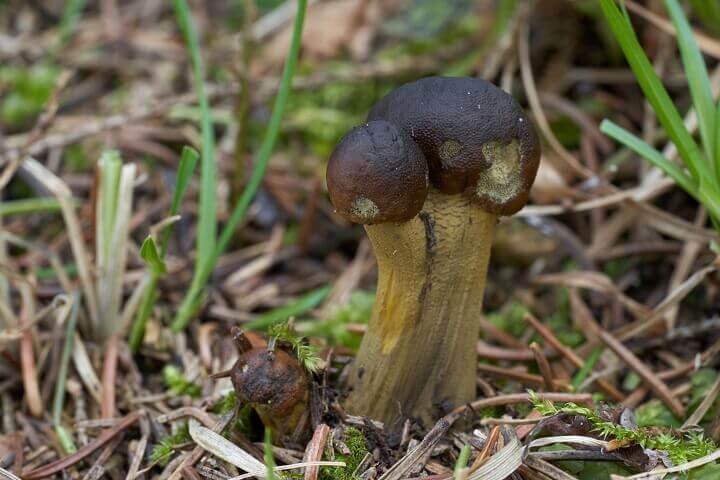
Cordyceps are a genus of fungi containing hundreds of species, most of which are parasitic to insects and other arthropods. In the wild, a cordyceps fungus will begin growing on the inside of insect larvae, consuming and replacing most of its tissue over time. Eventually, the fruiting body will grow outside the host's dead body and form thin, orange stalks.
Cordyceps are prominent in traditional Chinese and Tibetan medicine, being used for hundreds of years to improve overall health and treat diseases. In Sikkim, India, Cordyceps sinensis is an everyday remedy for low energy and libido, as well as a treatment for liver, kidney and heart diseases.
Want to start a homestead but not sure how?
Click Here to get a FREE book, "How To Homestead No Matter Where You Live."
It is very rare to encounter cordyceps fruiting bodies in the wild and cultivation time is long, so extracts of this mushroom can be hard to find. Some products even contain a synthetic version of the fungus due the difficulty in sourcing genuine cordyceps. There are many high quality products available that contain powdered fruiting bodies and mycelium, but they are far more expensive than other mushroom powders. Cordyceps is commonly consumed in capsule form.
The Supplement Market
Supplements are a convenient way to consistently take advantage of the benefits of medicinal mushrooms. These products allow for a simple and streamlined intake, which is particularly important for inedible varieties—but make sure to choose wisely! Not all mushroom-based supplements are created equal.
There are a variety of powders and extracts on the market and they all claim to provide the health benefits associated with their mushroom. The most important factor to consider is whether the product was derived from a fruiting body or mycelium of a particular species. Powders that are made from mycelium usually contain a filler grain, which is used to grow the fungus.
This method is much quicker than waiting for fruiting bodies to develop, but the product is lower quality and less potent as a medicine. Products that contain only the fruiting body are going to be more concentrated, better quality, and highly medicinal.
Like this post? Don't Forget to Pin It On Pinterest!
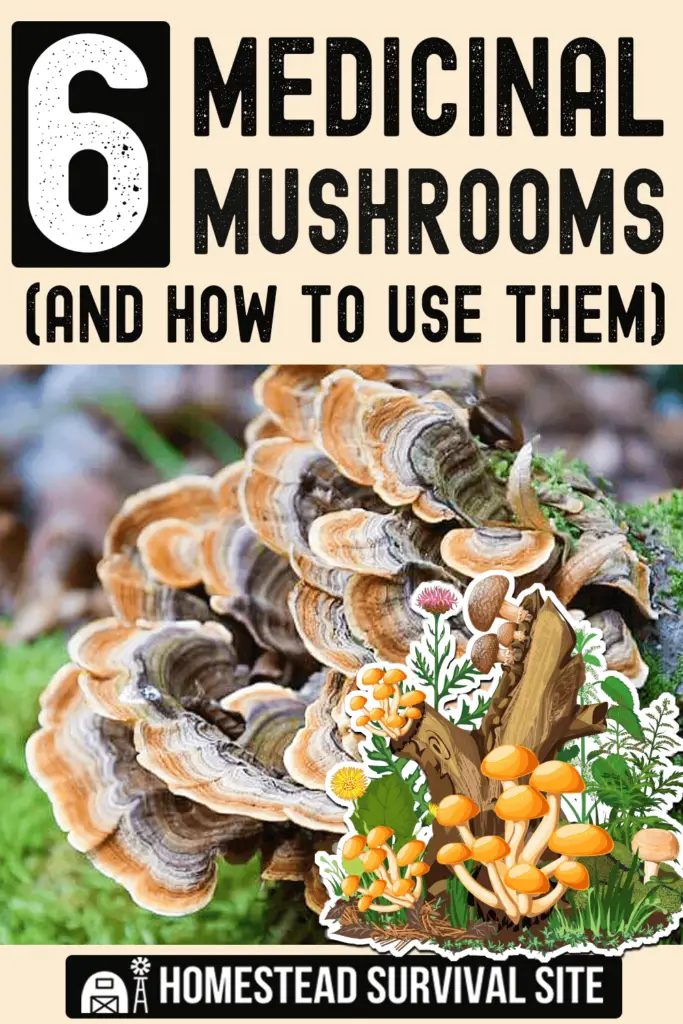


Leave a Reply